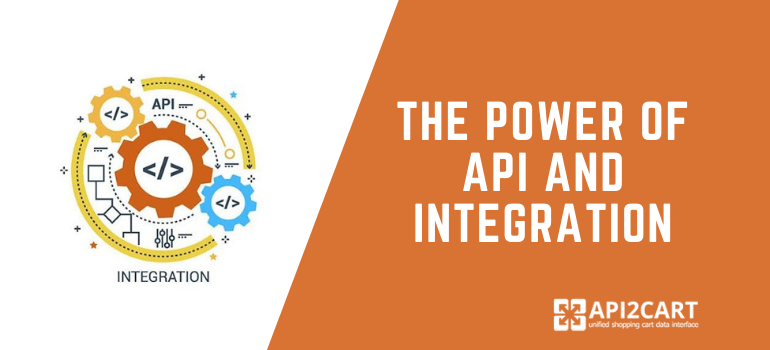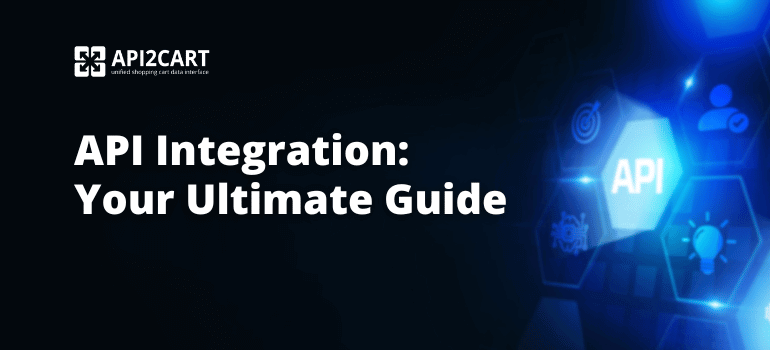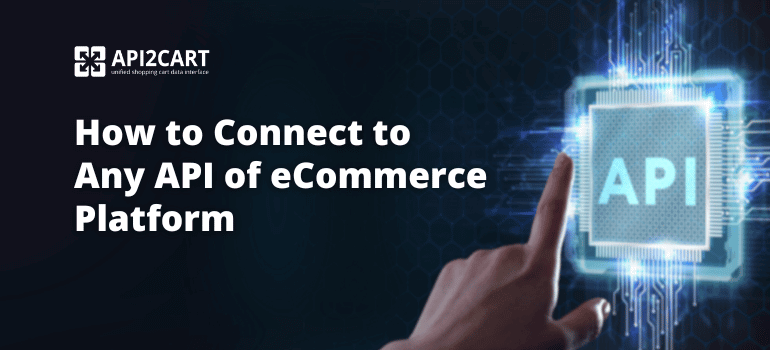
This new tech-savvy world demands a whole new level of connectivity that was not needed before. It's not just about the simple implementation of a new application or tech-related solution, but a combination of technologies sharing data with rapid speeds from different sources on a secure network. Such changes have reshaped our world and, in turn, businesses and industry models are fighting to keep up with these evolving technologies.
API once was just a tool used by programmers but has now become a critical component to creating coherent and accessible solutions essential for everyday business operations. They offer a widespread opportunity for businesses to grow and expand their capabilities by adding value to their existing IT assets. So in our hyper-connected world, businesses that wish to stay relevant will have to embrace this digital transformation so they remain to thrive and grow.
To ensure success, enterprises must implement a new level of connectivity to rapidly build and scale app networks and allow flexible data integration. This has led to the birth of API-led integration. It's a hybrid integration platform that brings together different SaaS and enterprise applications and allows the sharing of data between on-premises technology stored in the cloud.
What is API led Integration?
To meet today’s needs API-led connectivity is a methodology that applies multiple methods of technologies to build distinctive innovations for the market. The main purpose of this approach is to enable different parties to use data within the integration platform. It allows the enterprise to leverage its services and applications on a secure network regardless of their location.
Advantages for the business:

- IT as a platform
- Boost developer productivity
- Change is foreseeable and innocuous
Over the last decade, we’ve witnessed the self-service model being implemented by all kinds of businesses to enable their customers to serve themselves. Whether it’s completing the steps to purchasing a product or placing an order for a meal – they’re being utilized everywhere. Today’s consumers have become incredibly tech-savvy and prefer to research solutions on their own, which has led businesses to embrace the self-service model. When businesses open up data assets as services catering to a wider audience, their IT department can become a platform that enables other aspects of the business to facilitate self-service.
In order to reduce duplication, developers re-use logic for similar corresponding fragments to certify a seamless improvement in their work. This API-led integration approach coupled with the service-oriented technique has helped software developers to increase their productivity and efficiency. Through fashioning refined logic for fundamental parts, it has made way for those parts to be re-used across various applications to decrease the workload on IT teams and help businesses improve their operations on a wider scale. This way the development team can simply focus on inventing new components and progress existing efforts, minimizing replicated work.
According to research, API-focused connectivity is said to triple the speed of the development process since developers can reuse components, making it easier to implement new systems and applications. Subsequently, reusable APIs are already run and tested, which makes the recent implementations error free and ready to market. All in all, the decreased development time and efforts reduce the integration costs required by the business.
Even the smallest changes are known to have a significant impact on enterprises and their business operations, often requiring a substantial number of days to recover and re-train staff on the shift. However, developers can follow a modularized approach of integration for the system, this way business can predict the effect of changes to the code and offer a fool-proof delivery strategy with marginal influence, before proceeding to the next phase. The alternate option is the ‘big bang’ approach to upgrading systems which normally leaves organizations vulnerable to the risk of halting business functions, especially if the launch is ineffective.
Infrastructure-related benefits:

- Distributed and customized approach
- Ensured agility
- Deeper operational visibility
While there is no multi-purpose tactic created for business connectivity architecture, implementing an API-led integration method helps to address connectivity concerns in small segments. This way the solution can be crafted principally to fit the enterprise requirements and service needs, leading to minimal operation interruption and maximum functionality at all times.
Traditional integration methods are no longer appropriate to keep up with the given expectations and speeds of today’s businesses. An API-led approach to integration outlines solutions for connecting and exposing assets and encourages decentralized access to data and resources. This warrants the visibility and agility necessary for a business existing in a digital landscape. It creates a seamless communication flow and offers better flexibility and management opportunities for businesses.
Older connectivity approaches were unable to hold large volumes of data in one go which led to the rise of disjointed data. However, API-led integration paved the way for end-to-end insights and faster delivery opportunities. Enterprises can offer stakeholders and clients increased visibility of the underlying data source, so they have a clear understanding of the operations taking place.
Similarly, businesses that fully embrace digital transformation are more likely to adapt to their consumers’ evolving needs and have a competitive advantage in the market. Such digital advancements also put corporations on the map and help them reach a wider audience. To keep consumers, suppliers, and employees engaged, businesses are required to adopt modern technologies to tackle the swarm of connectivity-related demands. Businesses are aiming to embrace framework-driven methodologies to increase the speed of delivery and drive improved corporate results.
Wrapping Up
API-centered integration is quickly becoming a necessity for building robust digital businesses. It helps empower enterprises and enables them to speedily create innovative solutions serving a broader audience. With the ever-changing digital world, customer-centric organizations, and the requirement to connect different internal systems, companies must equip themselves with the right approaches to manage, secure, and update their database successfully and effectively.
If you are a SaaS App provider that works with eCommerce, then shopping cart integration is a must for your solution. However, developing integration with each eCommerce platform is expensive, difficult and requires a high-skilled specialist.
It is much simpler to use a ready-made solution such as API2Cart that allows to integrate with multiple eCommerce platforms via only one API. The service has already developed integration with 40+ shopping platforms, so all you need is to connect to API2Cart and add needed stores your clients use. You will be able to work with orders, products, customers, products, categories, etc.
Do not hesitate and register a FREE 30-days trial right now.
Author Bio:Arslan Hassan is an electrical engineer with a passion for writing, designing and anything tech-related. His educational background in the technical field has given him the edge to write on many topics. He occasionally writes blog articles for Dynamologic Solutions.



